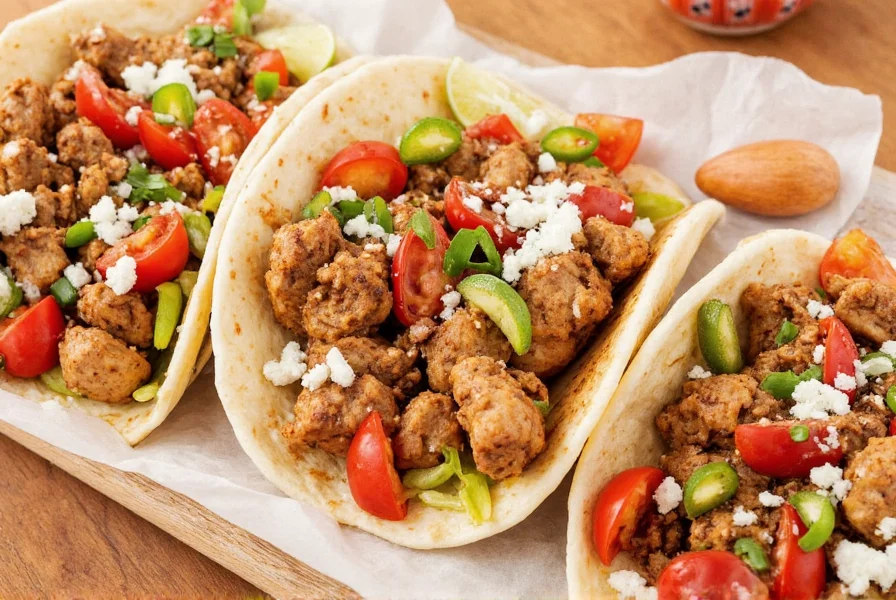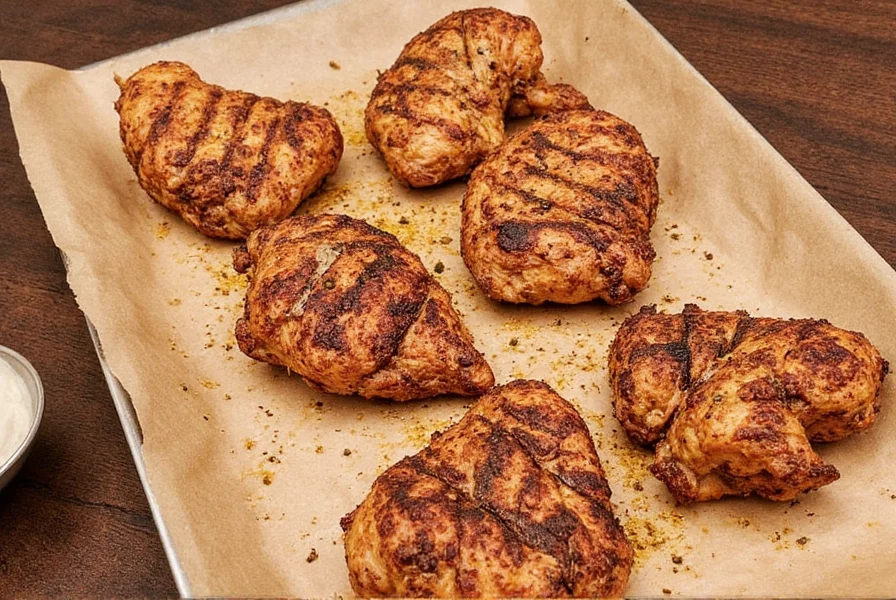This authentic chicken shawarma seasoning recipe delivers restaurant-quality flavor in minutes. Made with simple spices you likely already have, it's perfect for grilling, roasting, or marinating chicken for Middle Eastern-style dishes.

Ingredients for Perfect Chicken Shawarma Seasoning
Here's what you need for an authentic blend:
- Cumin: Adds warmth and depth, grounding the entire mix.
- Paprika: Offers color and a gentle smoky note.
- Turmeric: Brings vibrant color and a slightly bitter, earthy flavor.
- Coriander: Balances the spice with citrusy undertones.
- Ginger: Adds brightness and subtle heat.
- Nutmeg: Enhances sweetness and adds a touch of mystery.
- Cinnamon: Surprisingly essential for that sweet-spicy contrast.
- Cayenne Pepper (optional): For those who like a little kick.
- Salt & Black Pepper: To enhance and round out all other flavors.
| Ingredient | Flavor Notes | Use Level |
|---|---|---|
| Cumin | Earthy, nutty, warm | Moderate |
| Paprika | Smoky, sweet | Moderate |
| Turmeric | Bitter, earthy, colorful | Moderate |
| Coriander | Citrusy, floral | Low to moderate |
| Ginger | Spicy, fresh, sharp | Low to moderate |
| Nutmeg | Sweet, warm, woody | Very low |
| Cinnamon | Sweet, spicy, fragrant | Low |
| Cayenne | Hot, sharp | To taste |
4-Step Chicken Shawarma Seasoning Recipe
Makes enough for 4–5 lbs of chicken
- 2 tbsp ground cumin
- 1.5 tbsp paprika
- 1 tbsp turmeric
- 1 tbsp ground coriander
- 1 tsp ground ginger
- ½ tsp ground nutmeg
- ½ tsp cinnamon
- ¼ tsp cayenne pepper (adjust to taste)
- 1 tbsp salt
- 1 tsp black pepper
How to Make It
- Combine all spices in a mixing bowl.
- Whisk thoroughly until evenly combined.
- Store in an airtight container away from light and moisture.
- Use within 6 months for best potency.

How to Use Your Chicken Shawarma Seasoning Like a Pro
Maximize flavor with these tips for any chicken shawarma seasoning recipe:
- Rub generously — Coat chicken inside and out for deep flavor penetration.
- Add acid — Mix with lemon juice or vinegar to help spices adhere better.
- Marinate overnight — Ensures maximum flavor absorption into the meat.
- Combine with oil — Creates a paste-like rub that sticks during grilling or roasting.
- Use as finishing dust — Sprinkle over finished dishes for extra aroma.

| Type | Shelf Life |
|---|---|
| Pre-ground mixes | 6–8 months |
| Whole spices (homemade) | 1–2 years |
| Commercial blends | Check expiration date |
Buying Guide: Top Pre-Made Shawarma Spice Blends
Short on time? Try these trusted options for authentic chicken shawarma seasoning:
Ziyad Brand Shawarma Seasoning
- Features: Traditional Middle Eastern blend
- Best For: Everyday cooking with professional results
Spice Islands Shawarma Mix
- Features: Mild and kid-friendly version
- Best For: Quick family meals without the fuss
Al Wadi Al Akhdar Shawarma Blend
- Features: Imported from Lebanon, highly aromatic
- Best For: Showcasing true Mediterranean taste
Frequently Asked Questions
Can I use shawarma seasoning on beef or lamb?
Absolutely! This chicken shawarma seasoning works wonderfully on red meats too. Increase the amount slightly and add garlic powder for richer depth.
Is there a vegetarian version?
Yes! Use it to season tofu, cauliflower steaks, or portobello mushrooms. Combine with olive oil and lemon for a bold veggie twist.
What if I don't like cumin?
Reduce the cumin by half and replace with smoked paprika or coriander to maintain flavor balance without overwhelming earthiness.

Final Thoughts
Mastering the perfect chicken shawarma seasoning recipe isn't about complex techniques — it's understanding how spices work together to create layers of flavor. Whether you mix your own at home or choose a trusted store-bought blend, this simple guide ensures restaurant-quality results every time.











 浙公网安备
33010002000092号
浙公网安备
33010002000092号 浙B2-20120091-4
浙B2-20120091-4